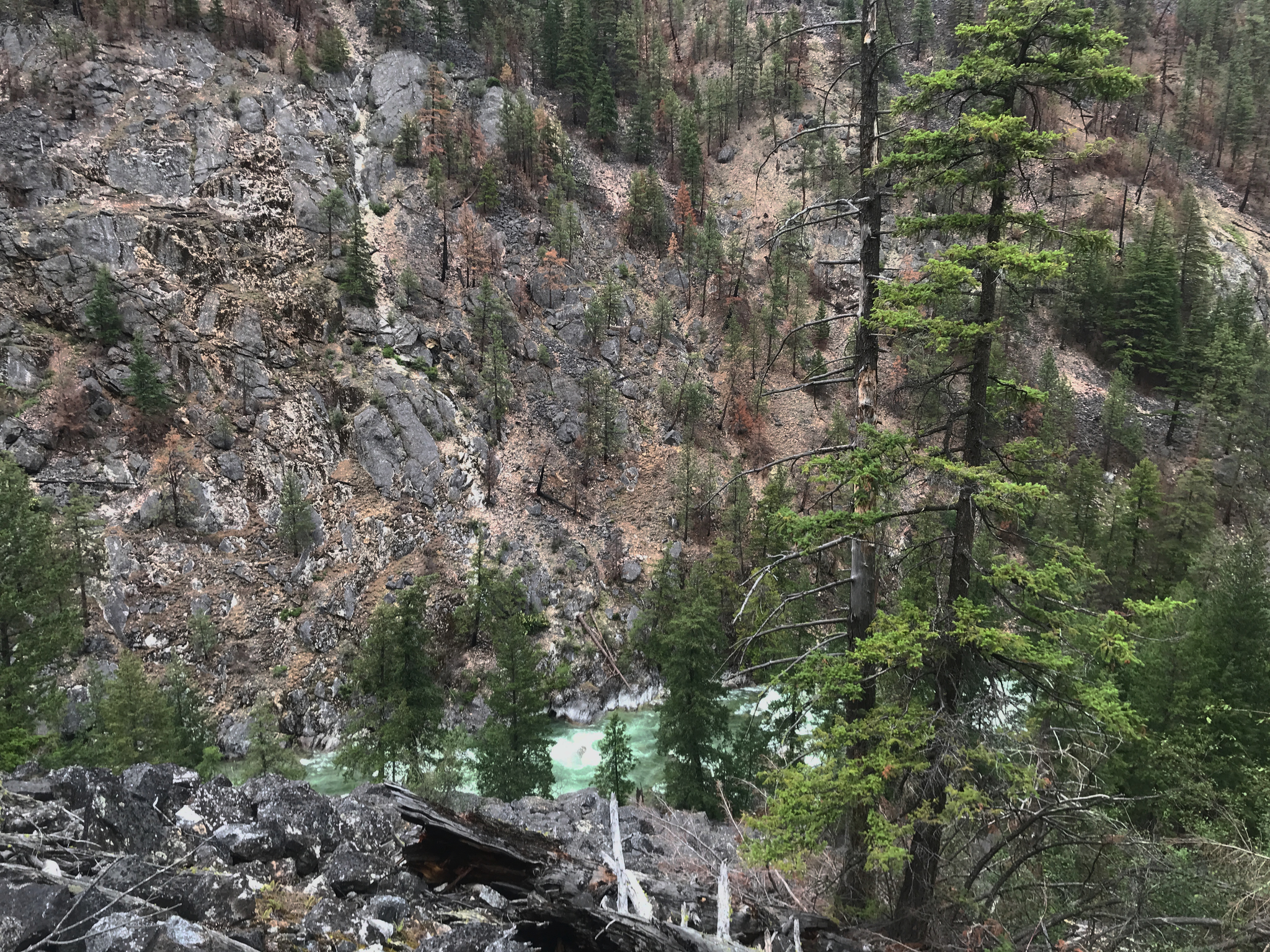I was hiking with my family in July 2023 in the Stein valley, which is located just outside of the coastal region of British Columbia, Canada. The valley was half-destroyed by forest fires, which also completely demolished the closest town of Lytton in 2021. While hiking there, we discovered some bark from a douglas fir, which is fire-proof, that had been sliced, laying on the ground. I used this bark to create a frame for weaving. While the bark made a an extremely poignant material, picking the yarns was more challenging. It was not feasible or realistic to use yarns with any similar poignancy, so I decided that rather than some tenuous tie, I would pick natural fibres in their original colours or naturally hand-dyed. Deciding on the patterning held less significance than the bark. I had learnt how to make traditional Quechua patterning in Chinchero, which is in the Cusco region of Peru, it would have been possible to use either patterns I had been taught or to make up my own with a similar style. But I decided that a pattern would either be kitsch, trite or take away some of the power from the fire surviving bark. Looking through textile books from many cultures, I decided that using stripes, a universal weaving patterning, would be most suited aesthetically and would also be harmonious with the concept of the work. Therefore, I created some weaving samples with my intended yarns and choose the one I felt fit best. I completed the weaving and am in the process of picking a bad carbon emitter in Canada to publicly gift the weaving to as the protest action.




